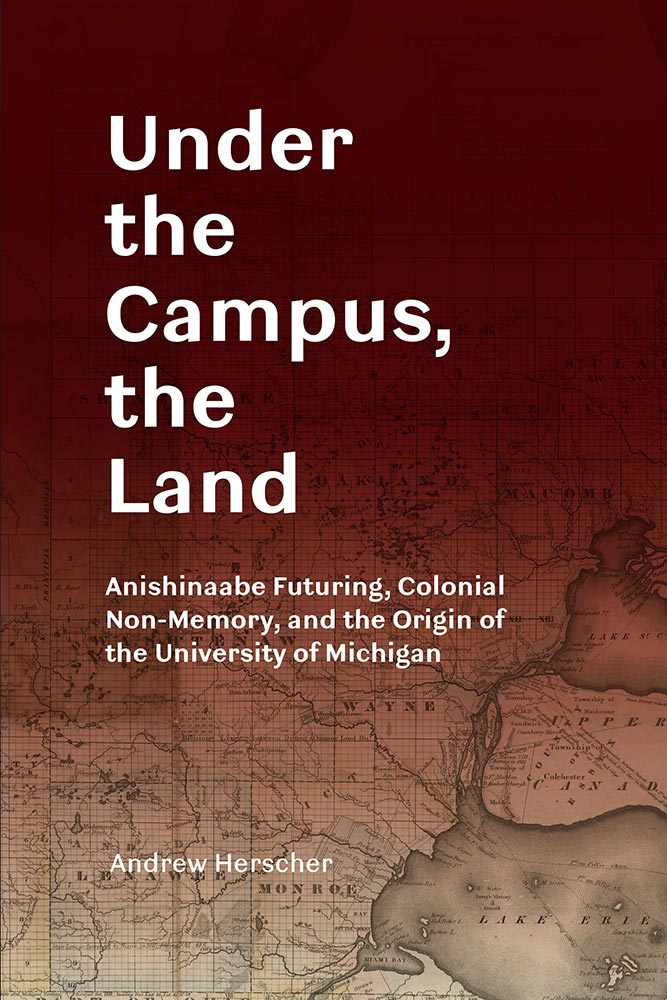Influences on Transit Ridership and Transit Accessibility in US Urban Areas

Publication: Transportation Research Part A: Policy and Practice
The success of transit systems, traditionally gauged through ridership metrics, must also be assessed via transit accessibility because accessibility to destinations indicates the quality of service that transit provides. Using a structural equation modeling approach, we explain transit accessibility and transit ridership in 2017 for 50 large urbanized areas in the United States as dual outcomes dependent upon population size, urban form, and transit service provision. Also, we examine transit accessibility as a factor that influences transit ridership. We find that transit service provision strongly influences both transit ridership per capita and job accessibility provided by transit. Further, we find that transit accessibility, in turn, offers a moderate boost to transit ridership. Population density results in higher transit accessibility directly by making destinations easier to reach and indirectly by increasing the amount of transit services provided. Other built environment and transit service variables were examined but did not improve the models’ explanatory power. Disaggregating the effects of fixed-guideway (i.e., rail) and non-fixed guideway transit (i.e., buses in mixed traffic), we find that fixed-guideway transit has a more substantial effect on transit accessibility, while non-fixed guideway transit has a larger effect on transit ridership per vehicle mile.









